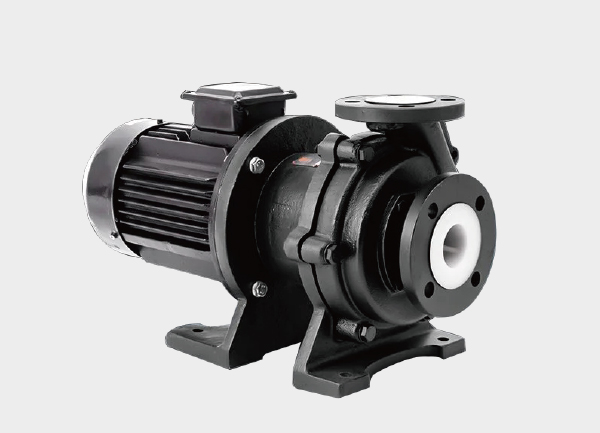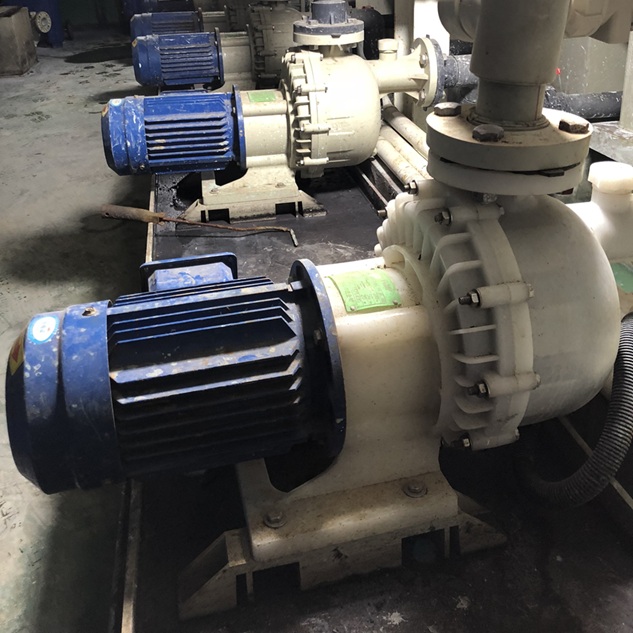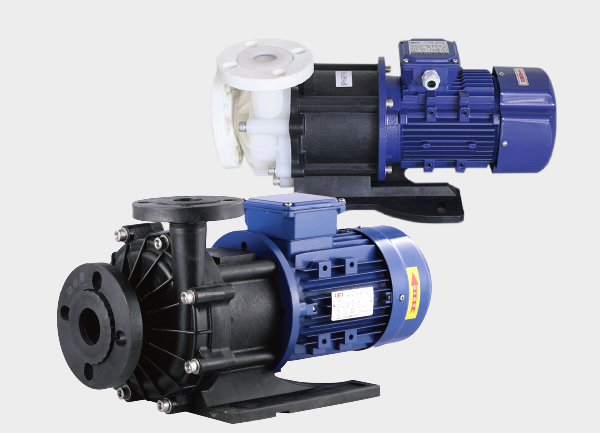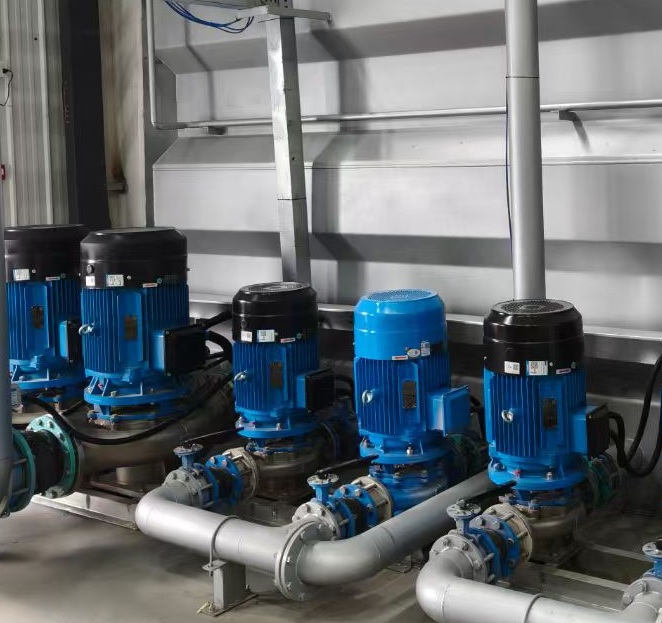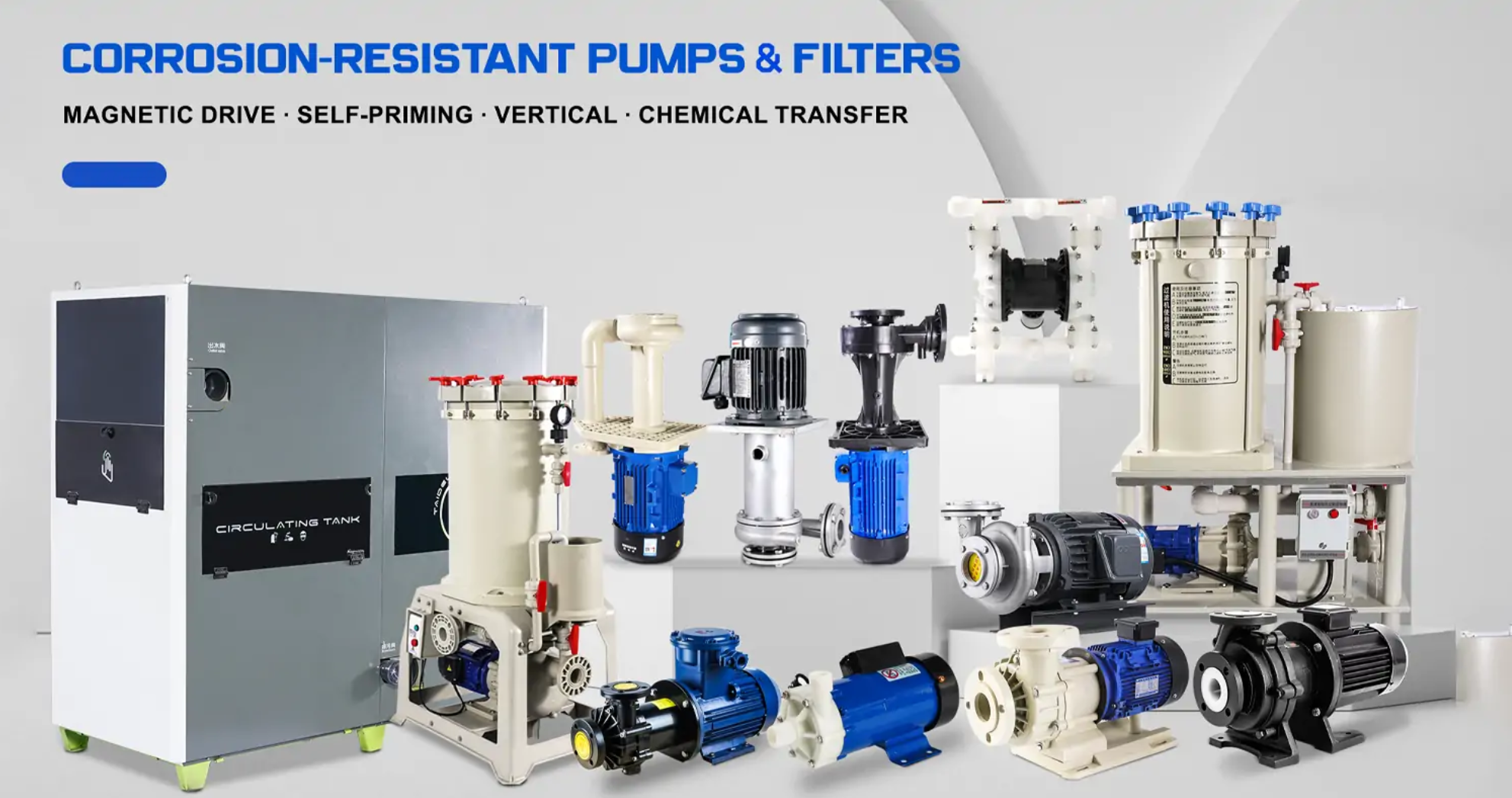Centrifugal pumps are among the most widely used fluid transfer devices in modern industry.
Among them, vertical centrifugal pumps and horizontal centrifugal pumps are two of the most common configurations.
While the main difference lies in the orientation of the pump shaft, this design factor affects every aspect of the pump — including structure, performance, installation, and maintenance.

This guide provides a comprehensive comparison between the two types, focusing on structural details, operational performance, application suitability, and common selection mistakes.
1. Structural Differences: How Design Affects Performance
The fundamental difference between a vertical and a horizontal centrifugal pump is the shaft direction, but this impacts the bearings, seals, piping layout, and installation requirements.
| Component / Dimension | Vertical Centrifugal Pump | Horizontal Centrifugal Pump |
|---|---|---|
| Pump Shaft & Motor Connection | Vertical shaft with motor on top; mostly close-coupled (direct drive) design | Horizontal shaft with side-mounted motor; can be close-coupled or coupled via flexible coupling |
| Bearing Position & Lubrication | Bearings at the top, far from the fluid; usually grease-lubricated. Submerged types require waterproof sealing. | Bearings on both ends, closer to the fluid; grease or oil lubrication optional. Oil systems suit high-speed, heavy-duty operation. |
| Sealing Arrangement | Seal located at the top near the motor; typically mechanical seal; must prevent upward fluid leakage. | Seals at both shaft ends near piping; mechanical or packing seals; easier to replace without removing the motor. |
| Suction & Discharge Piping | Suction from the bottom or side; discharge from top or side — typically vertical or inclined piping layout. | Both suction and discharge are horizontal — ideal for long, straight pipeline systems. |
| Base & Mounting | Compact base; can be mounted directly on a tank or pit without a concrete foundation. | Requires a heavy-duty cast-iron base fixed to a concrete foundation for stability and vibration control. |
2. Performance Comparison: How Design Affects Operation
Beyond structural form, vertical and horizontal pumps differ significantly in performance characteristics that directly impact real-world operation.
(1) Cavitation Resistance — Vertical Pumps Perform Better
Because the impeller of a vertical pump is closer to (or submerged in) the liquid surface, suction lift is shorter and flow resistance is lower.
Thus, the Net Positive Suction Head Required (NPSHr) is typically 10–30% lower than that of horizontal pumps.
Example: When handling hot water above 40 °C, a horizontal pump installed too high may cavitate, while a vertical pump can avoid this by submerging into the tank.
(2) Noise & Vibration — Vertical Pumps Are Quieter
Vertical pumps have a vertically aligned center of gravity, producing less radial vibration.
In contrast, horizontal pumps are more prone to misalignment of couplings, increasing vibration and noise by 5–10 dB.
Ideal for: Hospitals, laboratories, or any environment sensitive to noise.
(3) Flow & Head Stability — Horizontal Pumps Handle Heavy Loads Better
Horizontal pumps are mechanically stronger, with robust casings and stable bearing supports.
They deliver steady performance at large flow rates (>1000 m³/h) and high heads (>100 m).
Vertical pumps, by contrast, are best for medium or small flow rates (<500 m³/h) and low-to-medium heads (<80 m).
(4) Solid-Handling Capability — Horizontal Pumps Are More Tolerant
Horizontal pumps can easily integrate suction strainers or filters, and their wider flow passages reduce clogging risk.
Vertical pumps (especially submersible types) have narrower flow paths; solids can jam between the shaft and seals, causing damage.
Recommendation: Use horizontal pumps for liquids containing particulates or sludge.
3. Application Scenarios: Matching Pump Type to Working Conditions
✅ When to Choose a Vertical Centrifugal Pump
Limited Space + Submerged Installation
Examples: Basement fire-fighting tanks, booster pumps in water supply systems.
Advantages: Compact footprint, direct tank-top installation, shorter suction line, and reduced leakage risk.
Vapor-Prone Liquids + Low-Noise Environments
Examples: Methanol or ethanol transfer in chemical plants, solvent circulation in laboratories.
Advantages: Low NPSHr prevents vaporization; quiet direct-drive operation meets ≤ 60 dB noise limits.
Corrosive Media + Low Maintenance
Examples: Acid-alkali waste transfer in plating plants, ultrapure water circulation in electronics manufacturing.
Advantages: Fluoroplastic or corrosion-resistant designs; bearings positioned above the liquid extend service life by 2–3×.
✅ When to Choose a Horizontal Centrifugal Pump
High Flow + High Head Industrial Systems
Examples: Power-plant cooling water pumps (5000 m³/h, 30 m head), municipal water supply main pumps (2000 m³/h, 50 m head).
Advantages: Rigid structure, excellent stability, convenient pipeline alignment.
Liquids with Solids + Frequent Maintenance
Examples: Sewage lifting pumps, fruit juice pumps containing pulp.
Advantages: Easy disassembly and inspection; no need to remove motor or piping during maintenance, saving 1–2 hours per service.
High-Pressure + Fixed Installation
Examples: Boiler feedwater pumps (head 150 m, pressure 1.6 MPa), crude-oil transfer pumps.
Advantages: Multi-stage configurations achieve high pressure; stable operation on concrete foundations for 24/7 duty.
4. Common Selection Mistakes — and How to Avoid Them
| Mistake | Correct Approach |
|---|---|
| “Small space means vertical pump only.” | If the liquid contains solids, choose a horizontal self-priming pump, which resists clogging in confined spaces. |
| “Vertical pumps are always better for hot water.” | For hot water above 100 °C, select a horizontal hot-water pump with a bearing-cooling system to prevent overheating. |
| “Horizontal pumps are easier to maintain.” | In elevated installations (e.g., rooftop tanks), vertical pumps are lighter and easier to lift and service. |
5. Quick Selection Guide
| Application Requirement | Recommended Pump Type |
|---|---|
| Compact space or tank-top installation | Vertical centrifugal pump |
| Long-distance or large-flow system | Horizontal centrifugal pump |
| Fluid with solid particles or impurities | Horizontal centrifugal pump |
| Low-noise or vapor-prone medium | Vertical centrifugal pump |
| High-temperature fluid (>100 °C) | Horizontal pump with cooling bearings |
Conclusion
Vertical centrifugal pumps excel in compact, low-noise, and anti-cavitation applications, making them ideal for tight or submerged installations.
Horizontal centrifugal pumps, on the other hand, offer higher strength, flow stability, and easier maintenance, making them the preferred choice for high-pressure, large-flow, and continuous-duty operations.
Choosing the right type based on your specific working conditions ensures maximum efficiency, reliability, and service life for your pumping system.


